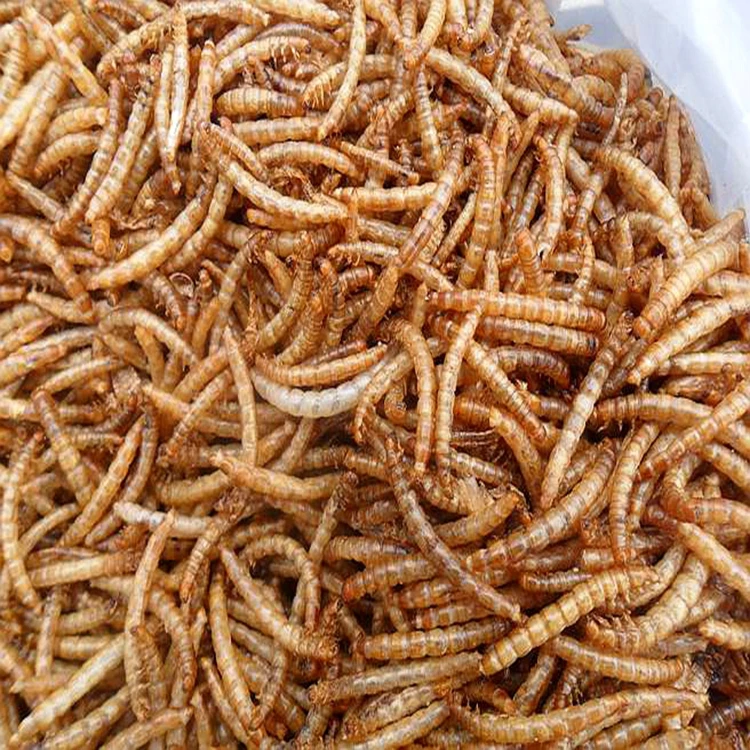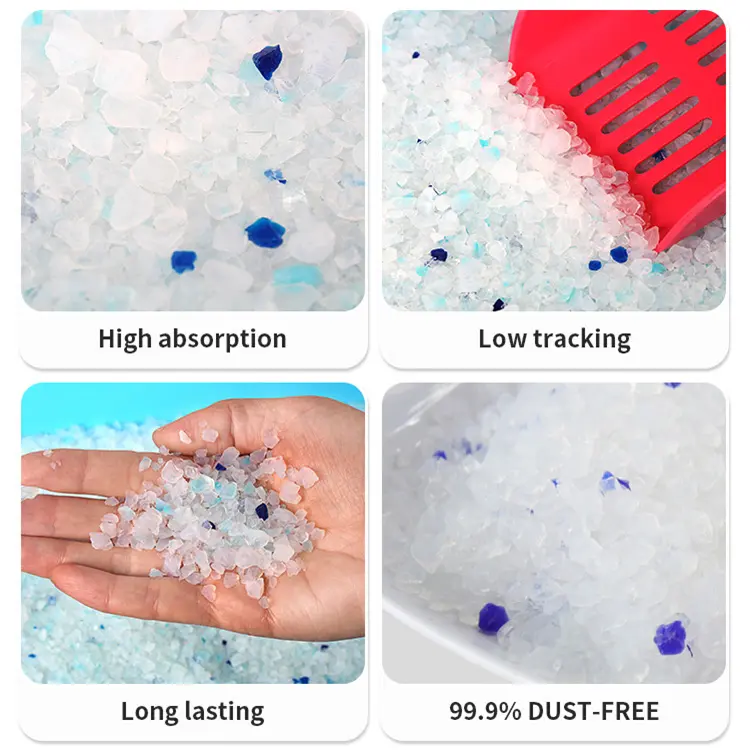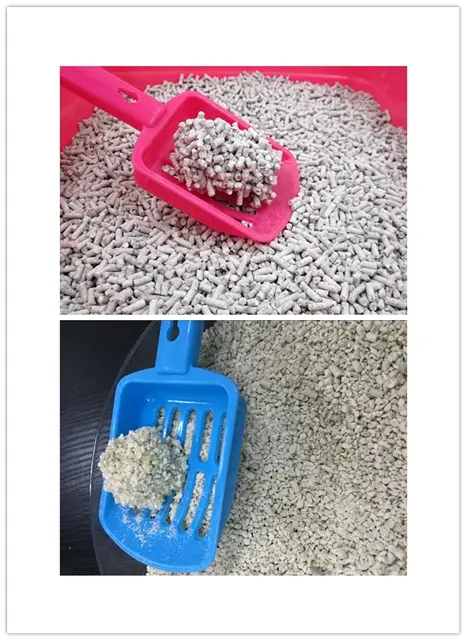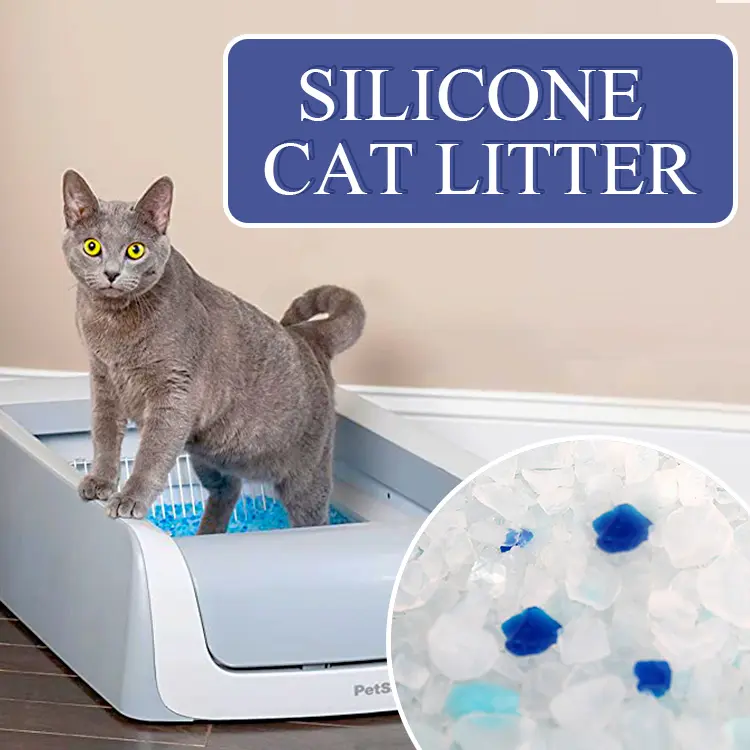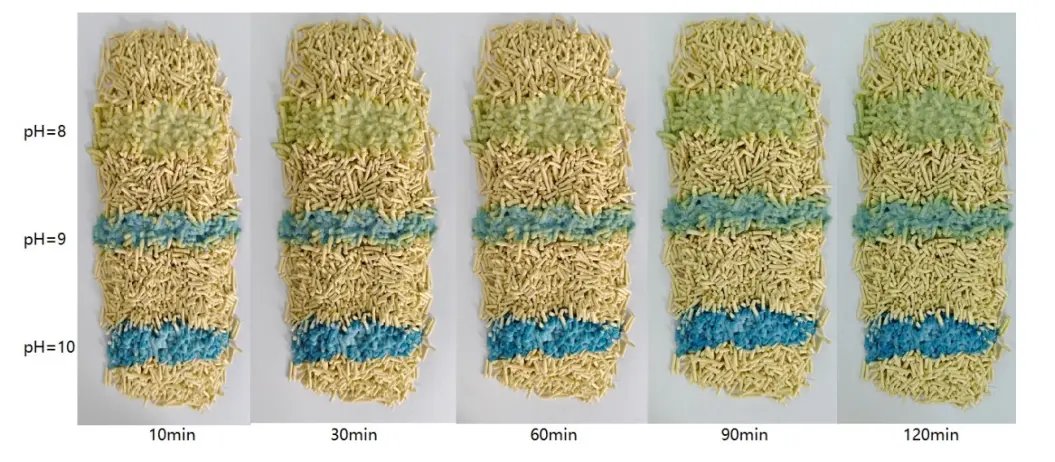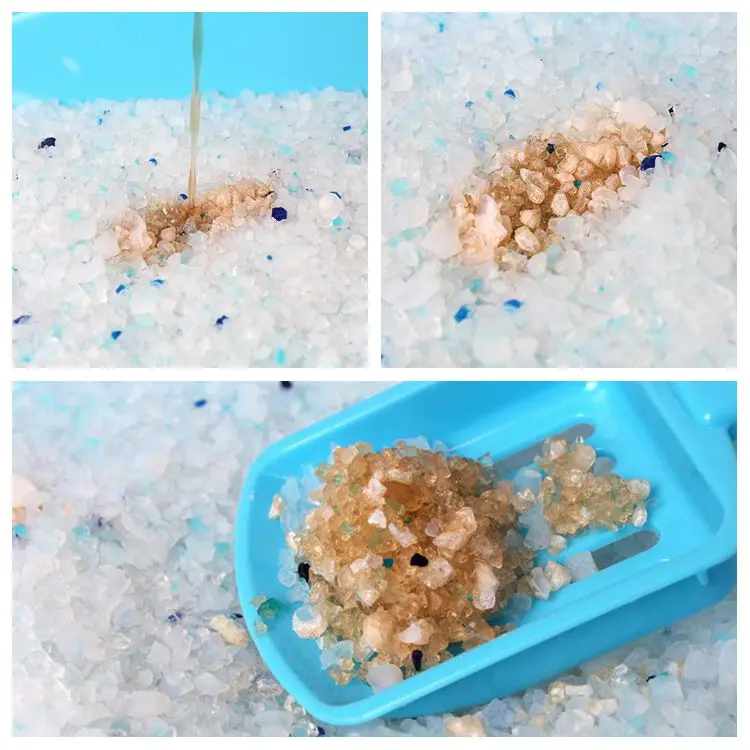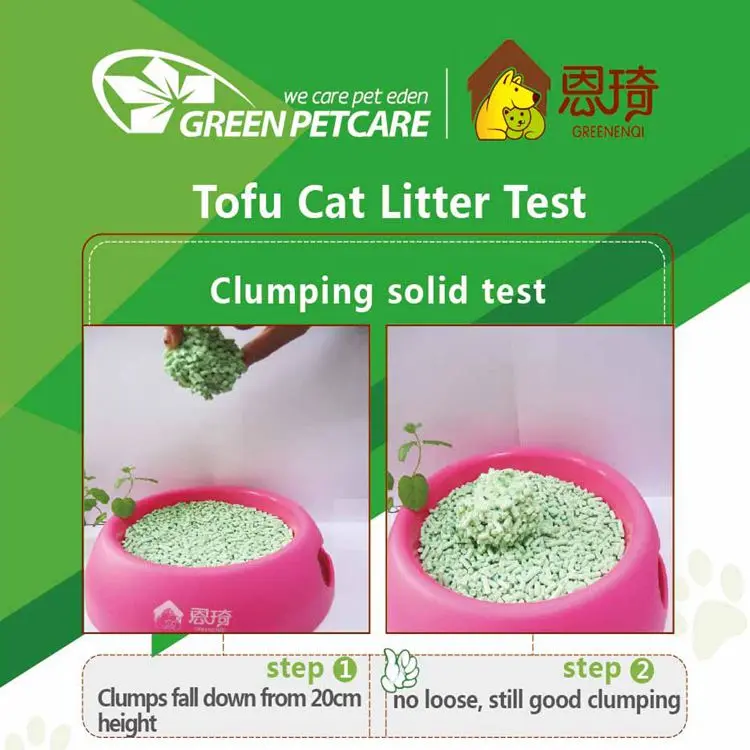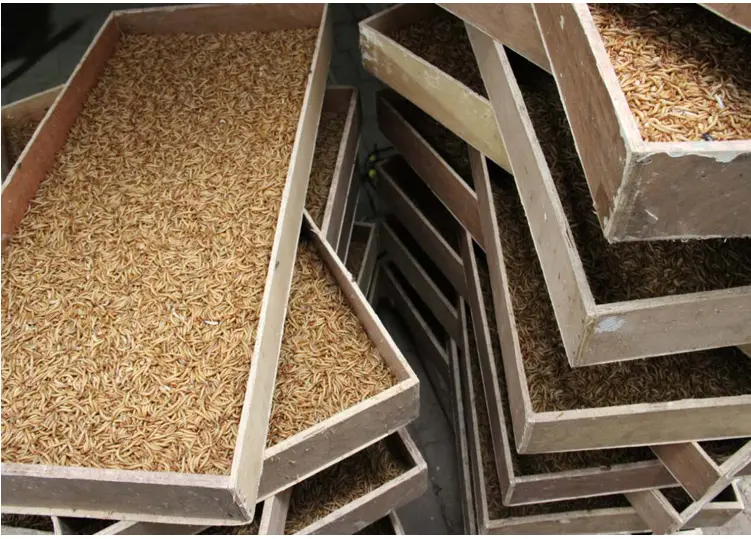What Birds Eat Dried Mealworms
Dried mealworms are one of the most versatile and nutritious foods for wild and backyard birds. Their high protein content and ease of storage make them an excellent supplement to a bird’s natural diet. This article explores in detail the birds that eat dried mealworms, the nutritional benefits, and the best practices for feeding them. We'll also analyze relevant data, include practical tips, and address frequently asked questions for a complete guide.
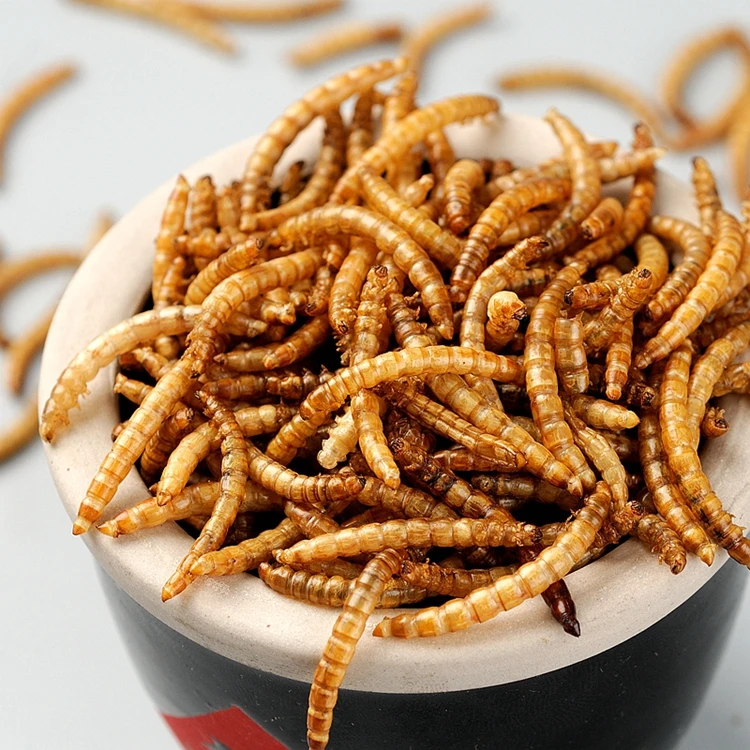
Nutritional Profile of Dried Mealworms
Dried mealworms are packed with essential nutrients, making them a favorite among birds. Here's a detailed breakdown of their composition:
| Nutrient | Percentage (% by Weight) | Key Benefits |
|---|---|---|
| Protein | 50–60% | Supports muscle development and chick growth |
| Fat | 25–30% | Provides long-lasting energy |
| Fiber | 3–5% | Aids in digestion |
| Moisture Content | 5–10% | Helps retain nutrients |
These properties make dried mealworms a perfect choice for birds during high-energy periods, such as migration, breeding, and molting.
Bird Species That Eat Dried Mealworms
A wide range of bird species enjoy dried mealworms. These birds can be categorized into groups based on their dietary preferences and feeding habits:
1. Songbirds
Eastern and Western Bluebirds: Bluebirds are perhaps the most famous consumers of mealworms, relying on their protein content during breeding seasons.
American Robins: As omnivorous birds, robins are avid mealworm eaters, especially when raising chicks.
House Sparrows: These opportunistic feeders are common visitors to mealworm feeders.
2. Woodpeckers
Woodpeckers such as the Downy Woodpecker and Red-bellied Woodpecker enjoy mealworms, adding variety to their diet of insects and nuts.
3. Wrens and Thrushes
Species like the Carolina Wren and Hermit Thrush seek dried mealworms as a substitute for live insects, which are harder to find in winter.
4. Nuthatches and Chickadees
White-breasted Nuthatches: These small, agile birds are frequent visitors to feeders with mealworms.
Black-capped Chickadees: Known for their curious nature, chickadees are attracted to protein-rich food sources.
5. Other Birds
Orioles: Although primarily fruit eaters, orioles consume mealworms to meet their protein needs during nesting.
Jays and Crows: These intelligent birds may forage for mealworms when offered in feeders.
Common Birds That Consume Dried Mealworms
| Bird Species | Feeding Behavior | Preferred Feeder Type |
|---|---|---|
| Eastern Bluebird | Perches and forages | Tray or ground feeders |
| American Robin | Ground feeder | Low tray or scattered feed |
| Carolina Wren | Agile and curious forager | Hanging feeders or trays |
| Downy Woodpecker | Clings to surfaces | Suet cages with mealworms |
| Black-capped Chickadee | Small, quick forager | Tube feeders with larger holes |
Seasonal Demand for Dried Mealworms
Birds’ feeding habits change throughout the year based on their life cycles and environmental conditions. Understanding seasonal feeding patterns helps ensure you’re providing the right food at the right time.
| Season | Bird Activity | Mealworm Importance |
|---|---|---|
| Spring | Nest building and breeding | Protein supports egg production and chick growth. |
| Summer | Feeding chicks and molting | Essential for feather regrowth and high-energy needs. |
| Fall | Pre-migration preparation | Birds stock up on calories and nutrients for long journeys. |
| Winter | Scarce food resources | Mealworms replace insects unavailable during cold months. |
How to Feed Dried Mealworms to Birds
1. Feeder Types
The type of feeder you use can impact the variety of birds attracted to your garden:
Tray Feeders: Open and accessible for most bird species.
Hanging Feeders: Suitable for perching birds like chickadees and sparrows.
Ground Feeding: Ideal for ground-dwelling species like robins and thrushes.
2. Preparation and Presentation
While dried mealworms are ready to use, soaking them in water can make them more appealing. Rehydrating mealworms also adds extra moisture, which is beneficial for birds, especially during dry weather.
3. Mixing with Other Foods
Combine mealworms with seeds, nuts, or suet to create a more diverse and balanced feeding option.
4. Strategic Placement
Place feeders near shrubs or trees to provide shelter and make birds feel safe while feeding. Ensure feeders are in visible spots to attract passing birds.
Benefits of Feeding Dried Mealworms
High Nutritional Value: Mealworms are a concentrated source of protein and fat.
Convenience: Long shelf life and ease of storage make them a practical choice.
Increased Bird Diversity: Attracts a range of species, enriching birdwatching experiences.
Support During Critical Periods: Offers essential nutrition during nesting, migration, and harsh winters.
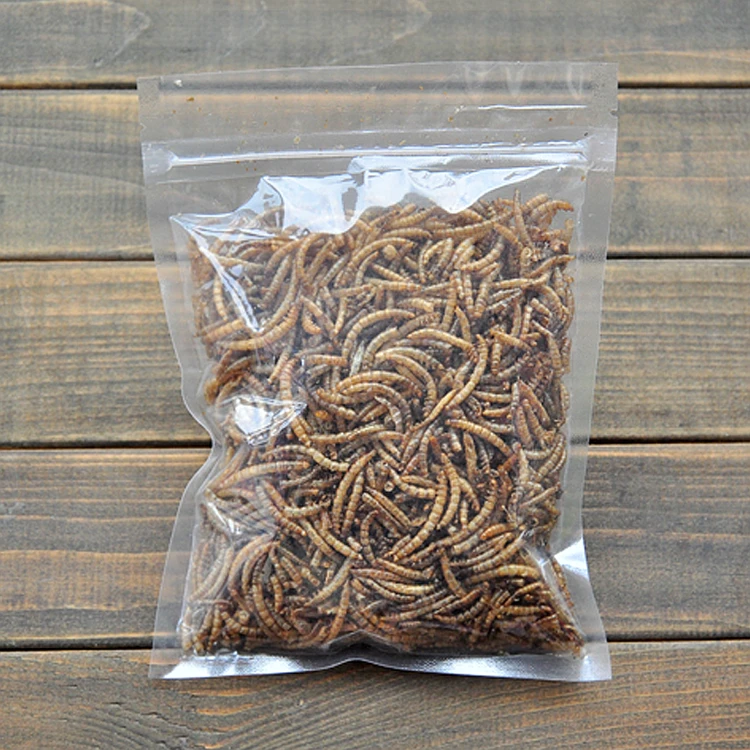
Scientific Insights: Mealworm Consumption Study
A study conducted across urban and suburban gardens revealed fascinating trends in mealworm consumption. Here's a summary:
| Feeder Type | Average Daily Bird Visits | Mealworms Consumed (g/day) |
|---|---|---|
| Ground Feeders | 25 | 150 |
| Tray Feeders | 20 | 100 |
| Hanging Feeders | 15 | 80 |
The study found that ground feeders attracted the largest variety of species, including robins and sparrows, while tray feeders were most popular among perching birds like bluebirds.
Challenges and Considerations
While feeding dried mealworms offers many benefits, there are some challenges to consider:
Cost: Mealworms can be expensive, especially if purchased in small quantities. Buying in bulk or mixing with other feeds can reduce costs.
Overfeeding: Over-reliance on mealworms can lead to an imbalanced diet. Limit mealworms to about 20–25% of the overall diet.
Pests: Improper storage or spillage can attract ants, rodents, or other pests. Use sealed containers and clean feeders regularly.
Top Tips for Feeding Mealworms
Start Small: Introduce mealworms in small quantities to gauge bird interest.
Keep It Fresh: Replace uneaten mealworms every couple of days to maintain freshness.
Hydrate in Summer: Soak mealworms during hot months to provide birds with extra hydration.
Protect Feeders: Use covers to shield mealworms from rain and prevent spoilage.
Fun Facts About Birds and Mealworms
A single bluebird can consume over 100 mealworms per day while feeding chicks.
Mealworms mimic the larvae of beetles and other insects, a natural part of many birds’ diets.

Conclusion
Feeding dried mealworms to birds is an excellent way to attract a variety of species and support their health throughout the year. From bluebirds to woodpeckers, many birds benefit from the high protein and energy content of mealworms. By understanding feeding habits, seasonal needs, and proper feeder management, bird enthusiasts can create an inviting environment for these feathered visitors.
Whether you're a seasoned birder or a beginner, incorporating dried mealworms into your bird-feeding routine is a rewarding way to connect with nature and enhance your backyard birdwatching experience.
Promoting Green Pet Care Co., Ltd. Products
For bird enthusiasts who value quality and care in pet products, Green Pet Care Co., Ltd. is your reliable partner in creating a better environment for pets and wildlife. Since our establishment in 2014, we’ve dedicated ourselves to producing and exporting high-quality pet products tailored to customer requirements. With multiple factories and a registered capital of 5 million yuan, we serve the needs of pet owners across European, American, and Southeast Asian markets.
With a monthly sales volume of 2,000 tons of traditional cat litter and 2 million units of pet food bowls and toilets, Green Pet Care has become a trusted name in the market. Our products are designed to let pets eat confidently, use safely, and play joyfully, creating a healthy and happy lifestyle for your furry and feathered companions.
Whether you’re caring for your pets or attracting birds to your backyard, our products combine quality, affordability, and sustainability. Choose Green Pet Care Co., Ltd. for all your pet care needs and join us in building a greener, healthier world for animals.
Contact us today to learn more about our products and how we can support your pet care journey!
